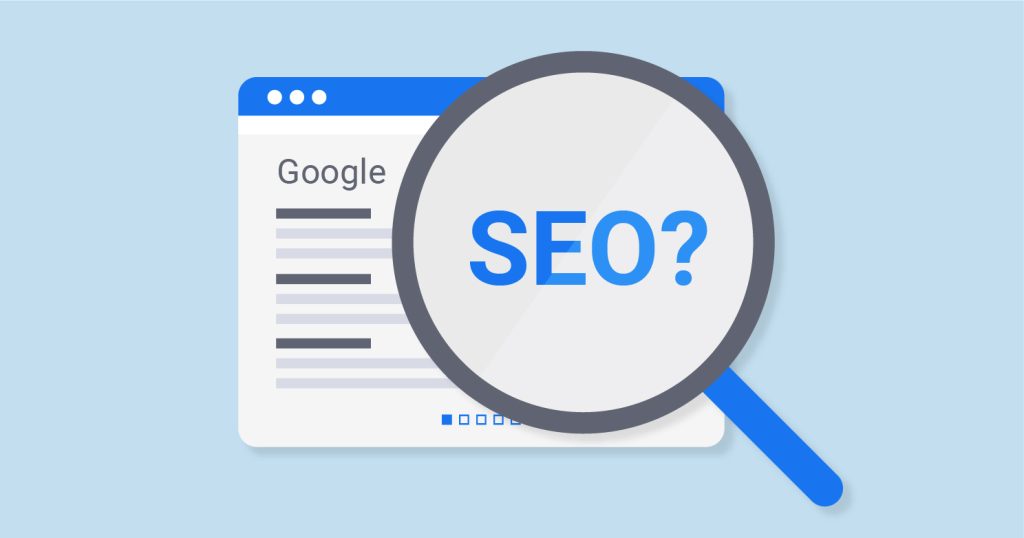Search Engine Optimization (SEO)
SEO stands for Search Engine Optimization. It is a set of tactics and procedures for increasing the visibility of website content in search engine results pages (SERPs). The primary goal of SEO is to increase the possibility that users will discover a website or web page when they search for relevant information on search engines such as Google, Bing, or Yahoo.

SEO components
Identify and use relevant keywords that users will probably search for. This involves incorporating these keywords naturally into the website’s content, meta tags, and other elements.
Creating high-quality, relevant, and valuable content that addresses the target audience’s needs. This includes using keywords strategically, improving readability, and ensuring well-organized content.
Optimizing individual pages of a website by optimizing meta tags (title, description, headers), using proper URL structures, and ensuring a good user experience.
Building a website’s authority and credibility through external factors such as backlinks from other reputable websites, social media signals, and online mentions.
Addressing technical aspects of a website, such as site speed, mobile-friendliness, and proper use of canonical tags, to ensure search engines can crawl and index the site effectively.
Ensuring that the website provides a positive experience for users, including easy navigation, fast loading times, and mobile responsiveness.
Optimizing a website for local search results is especially important for businesses targeting a local audience. This involves creating and optimizing local business listings and ensuring consistent NAP (Name, address, phone number) information.
